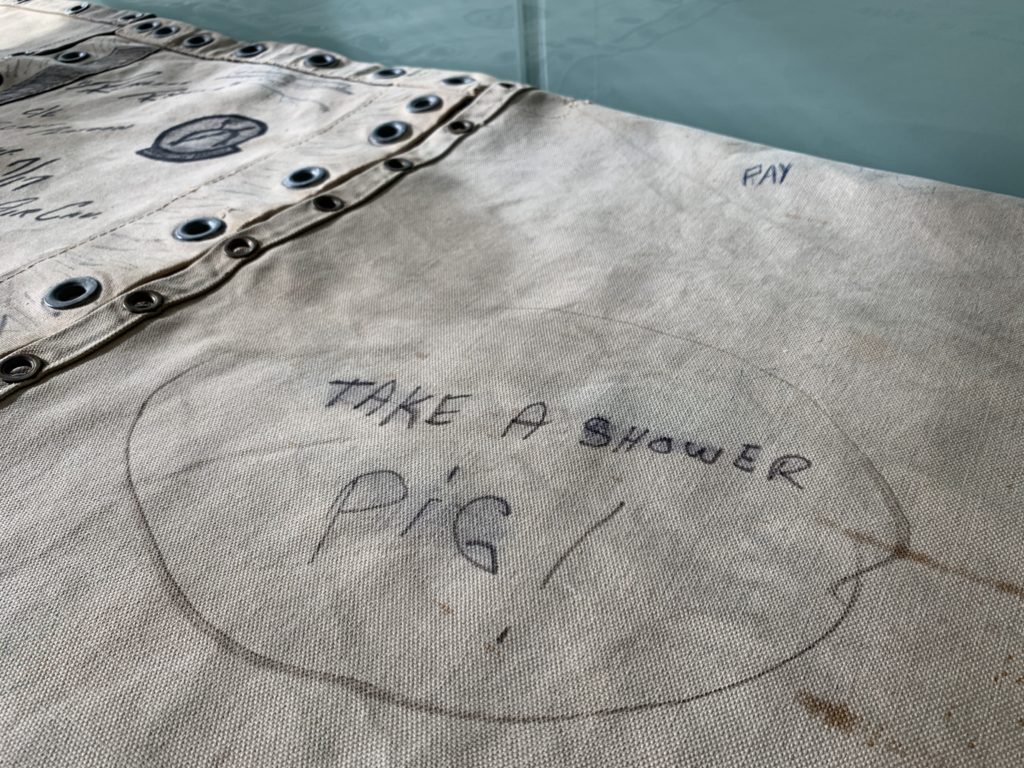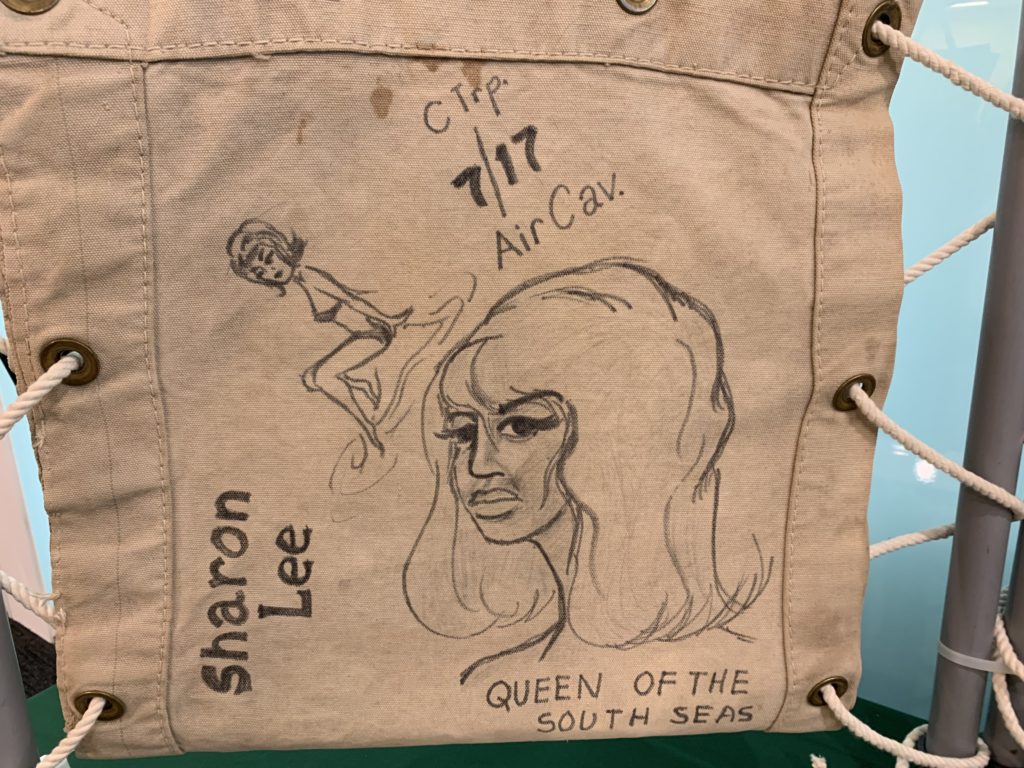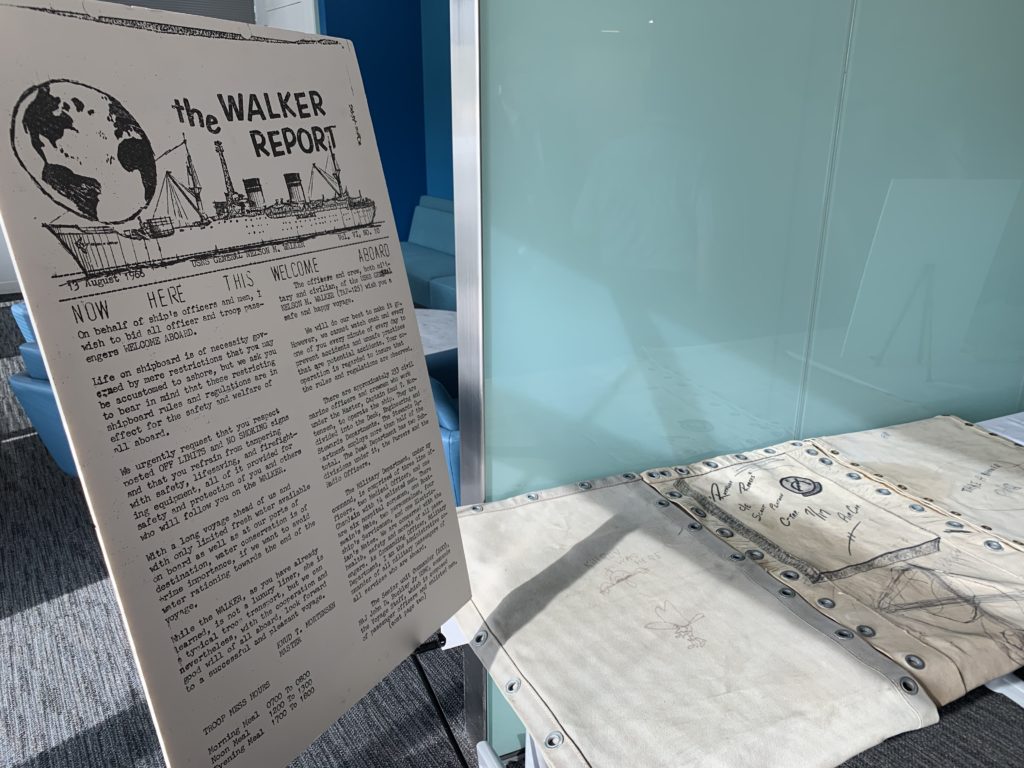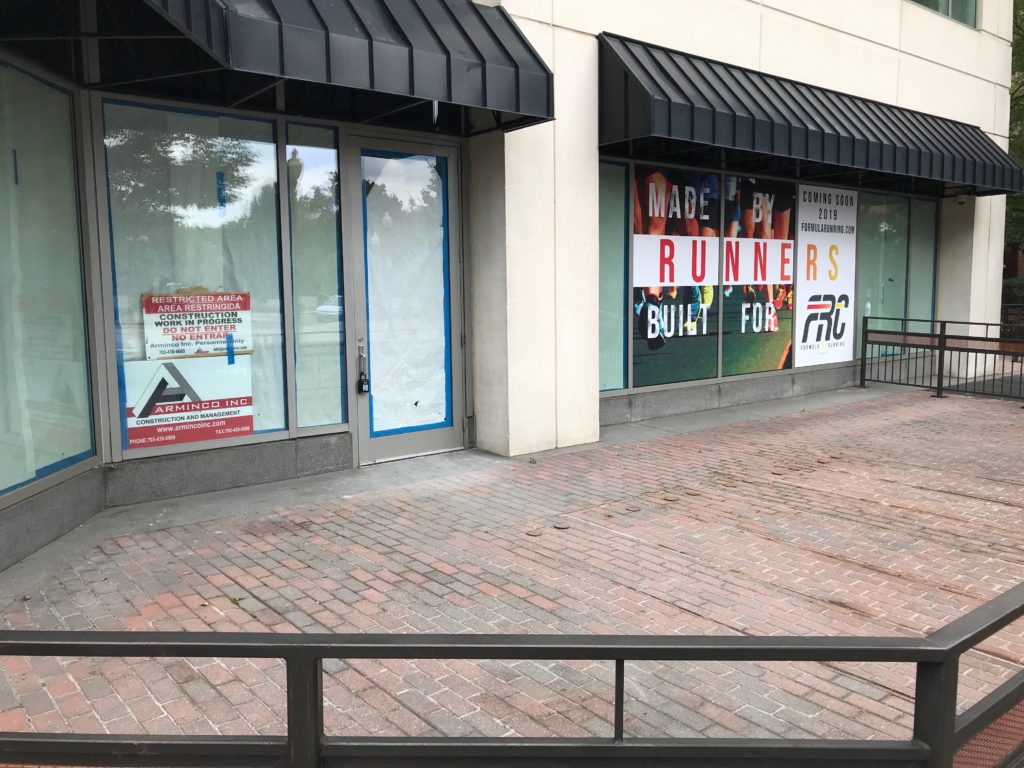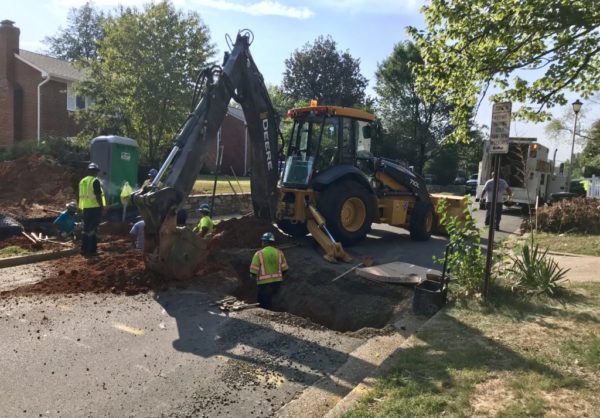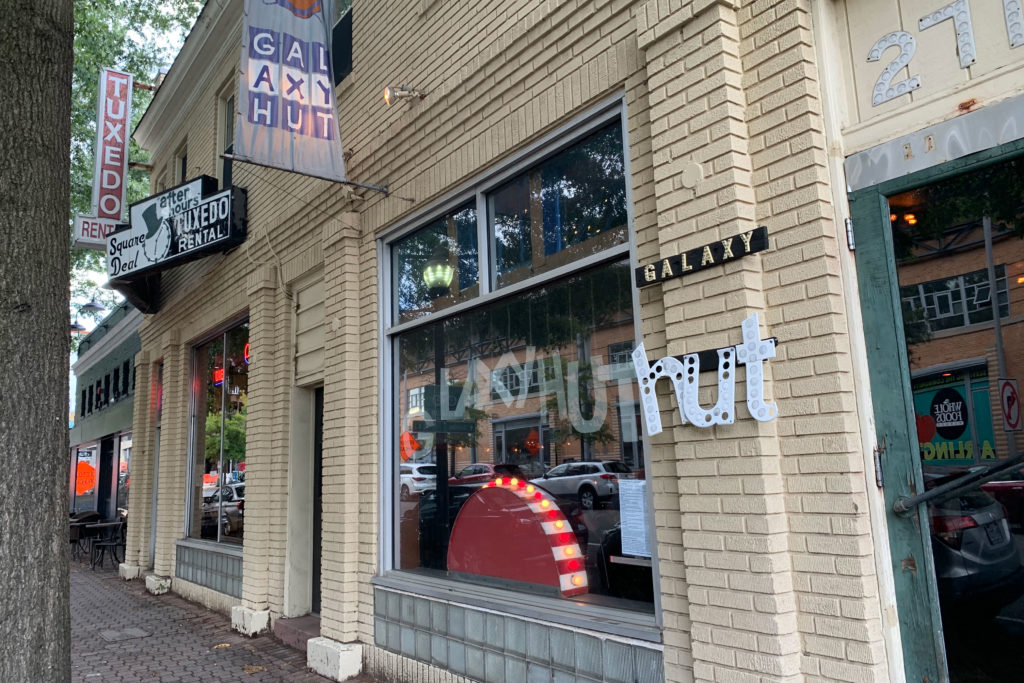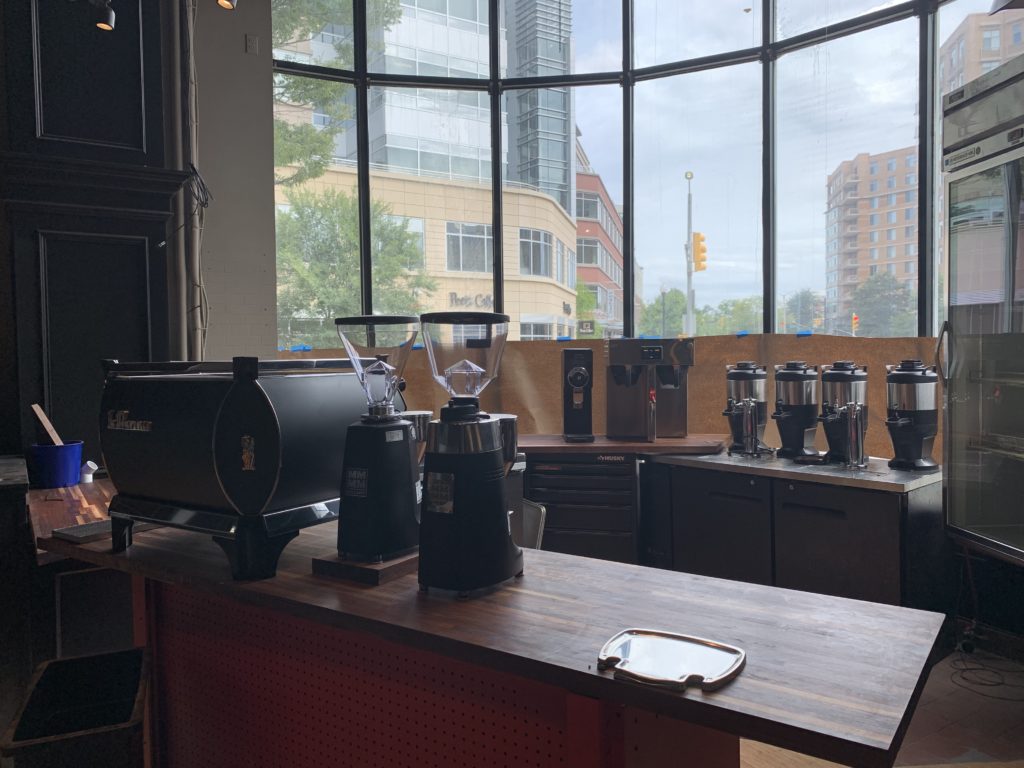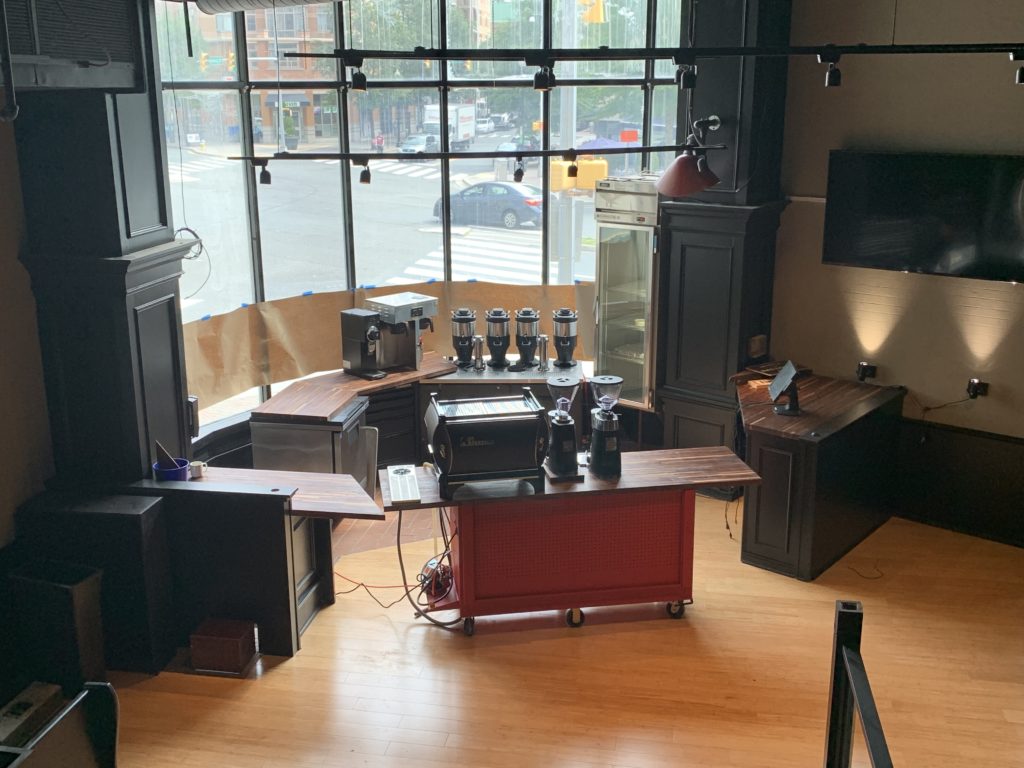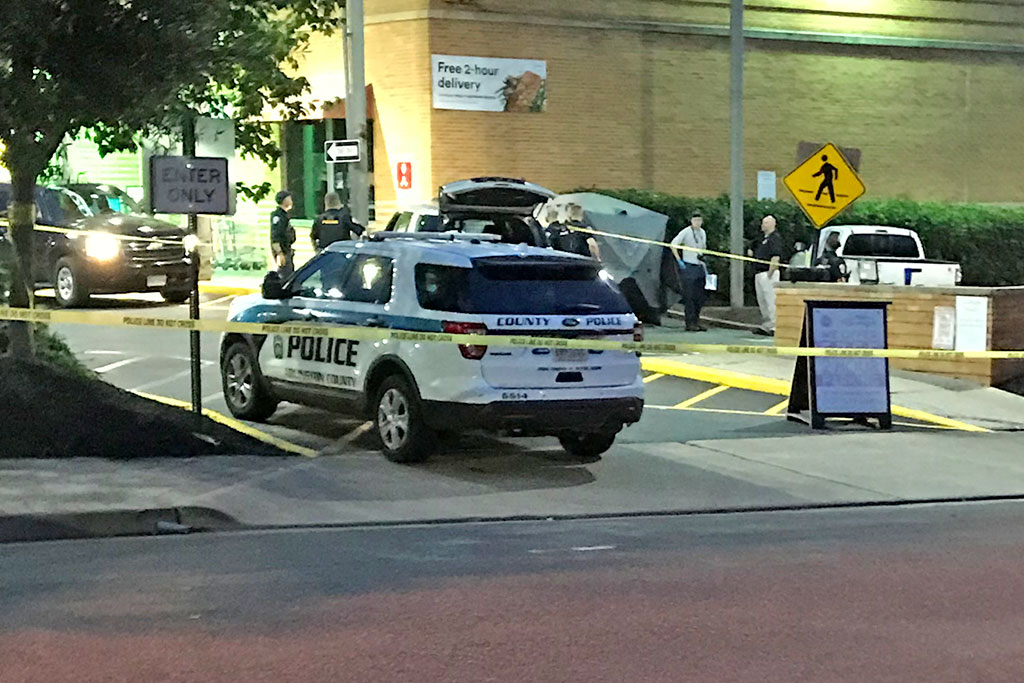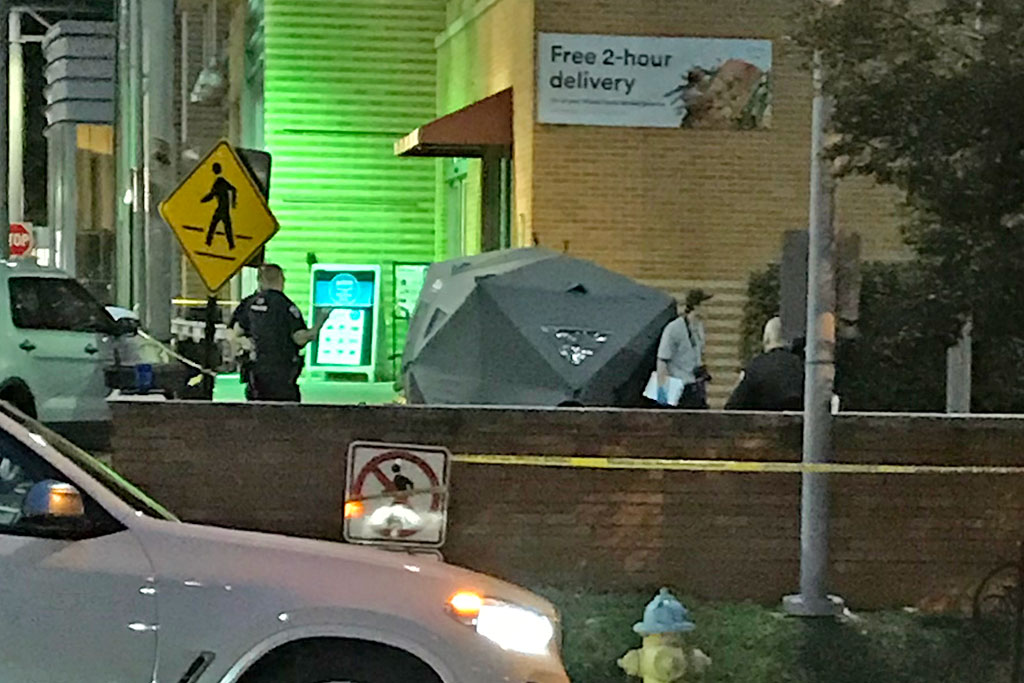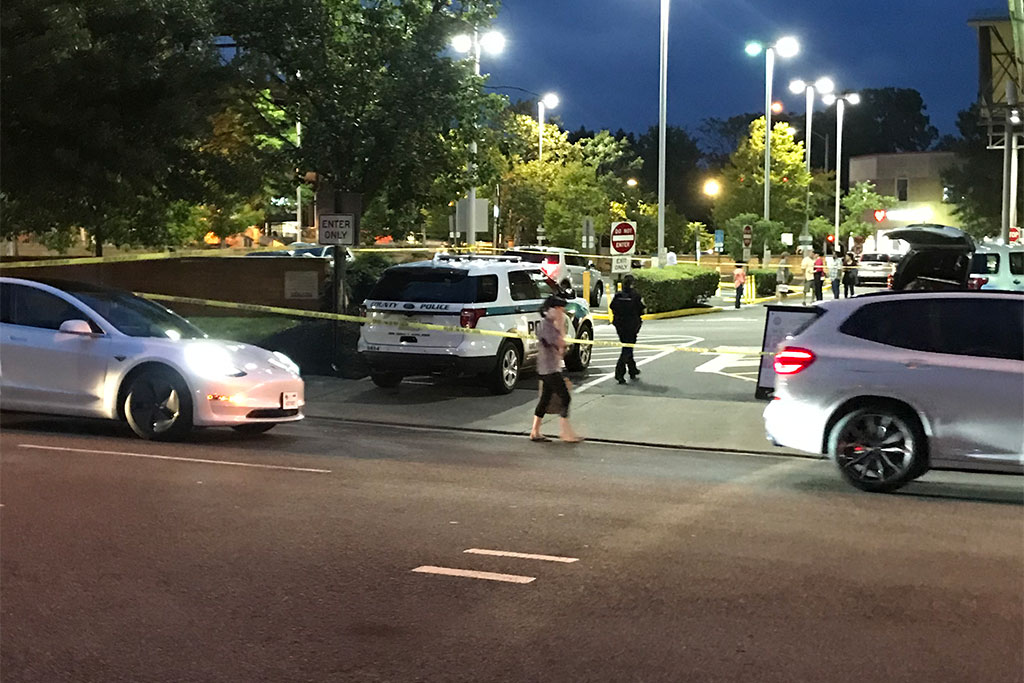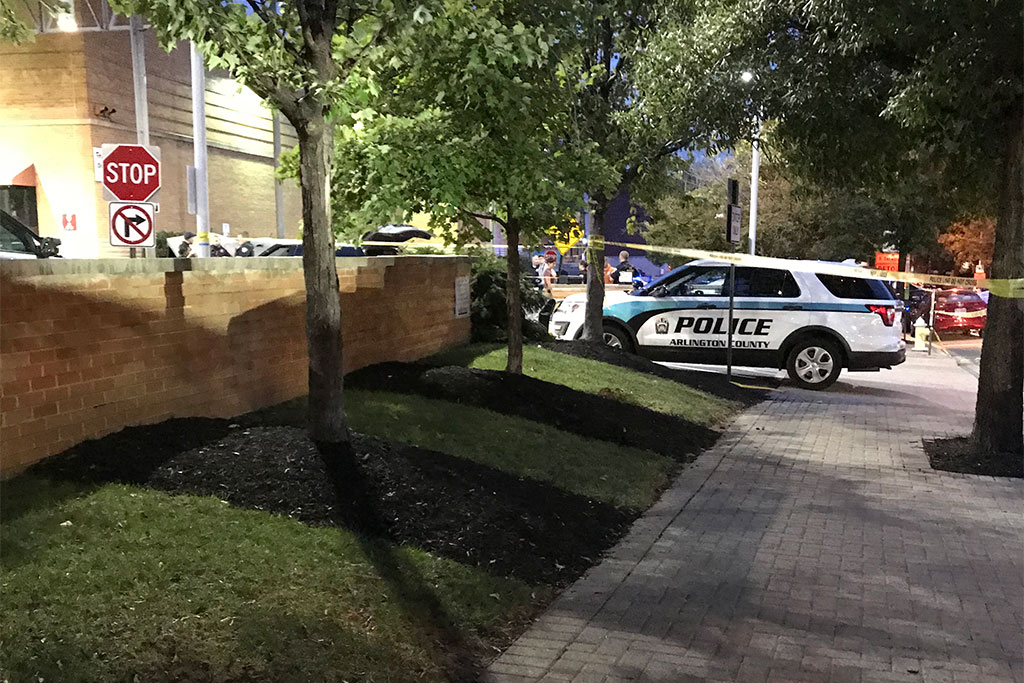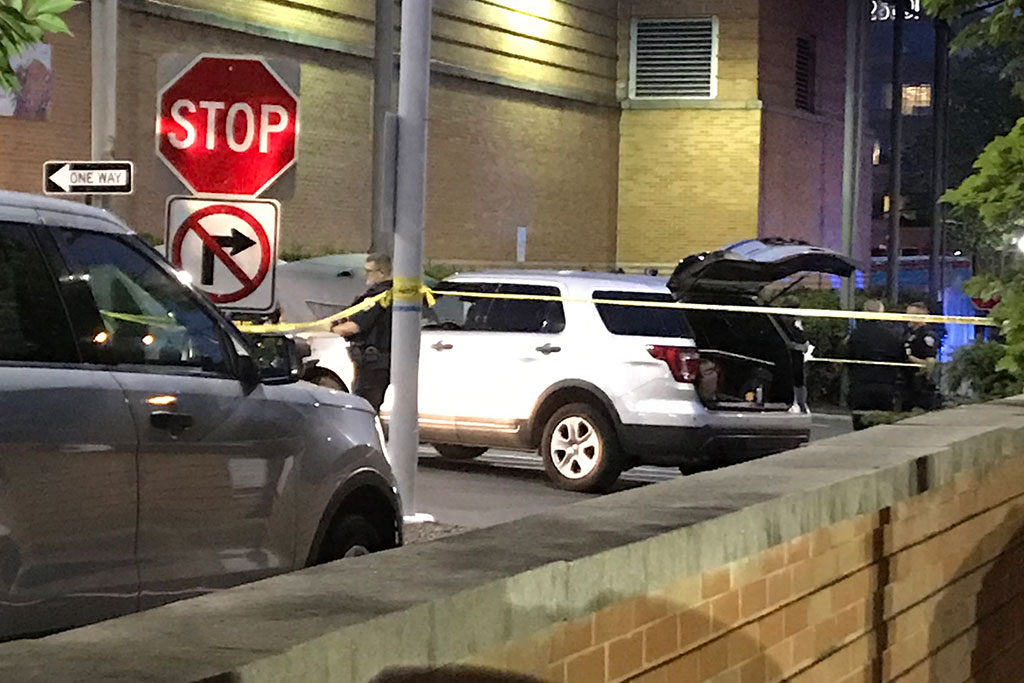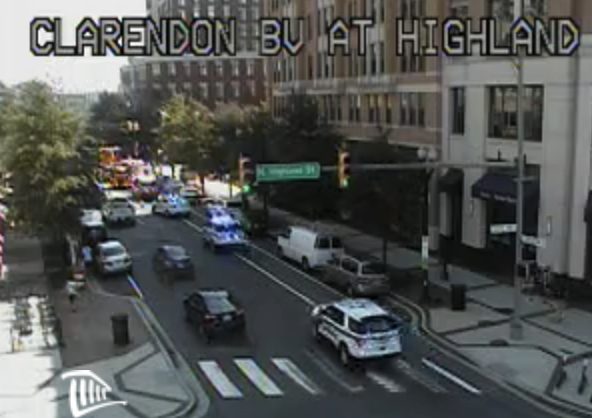(Updated at 4:10 p.m.) There was one question that ran through the mind of Zeb Armstrong, a newlywed from South Carolina recently drafted for service in the Vietnam War.
“Will I return?”
It was a question Armstrong etched onto his bunk in a magic marker, alongside hundreds of other messages and images from countless young men taking a journey many wouldn’t return from. The 18-21 day trip from the West Coast to Vietnam aboard the USNS General Nelson Walker left a lot of time for soldiers to get homesick or anxious about the journey ahead. Though against regulations, drawing on the canvas beds became a widespread past-time.
Yesterday (Tuesday), a traveling exhibit called the Vietnam Graffiti Project stopped at CNA, a nonprofit research and analysis organization in Clarendon that works on improving efficiency and effectiveness of military operations. For one day, canvases covered with years of doodling from soldiers covered the walls of the offices, and co-founder Art Beltrone spoke with CNA personnel about their stories.
The ship started its service in the final days of WWII then ferried troops to and from the Korean War and the Vietnam War. After Vietnam, the ship was put into the James River Reserve fleet — the Ghost Fleet — to be reactivated in case of an emergency. It sat there virtually untouched until Beltrone visited the ship with Jack Fisk — a production designer doing research for The Thin Red Line — and stumbled on rooms littered with relics from the war sitting exactly as they’d been left when the last soldiers disembarked.
When he found out the ship was scheduled to be scrapped, Beltrone said he and his wife asked the military if they could recover the canvases and other items to preserve the memory of the soldiers who traveled on the ship. The ship was taken apart in Texas in 2005, but Beltrone had recovered the graffiti from inside the ships.
“We did not want to see that material lost and those men forgotten,” Beltrone said. “It’s not just an artifact. It’s someone talking back to us through time.”
Then the work began on telling those stories. Many of them signed their work and left messages about their hometowns or loved ones, which made looking them up easier. Beltrone said he still gets emotional when they read the little notes drawn on the canvas about insecurities and homesickness — only to find that the person who wrote them was ultimately killed in Vietnam.


